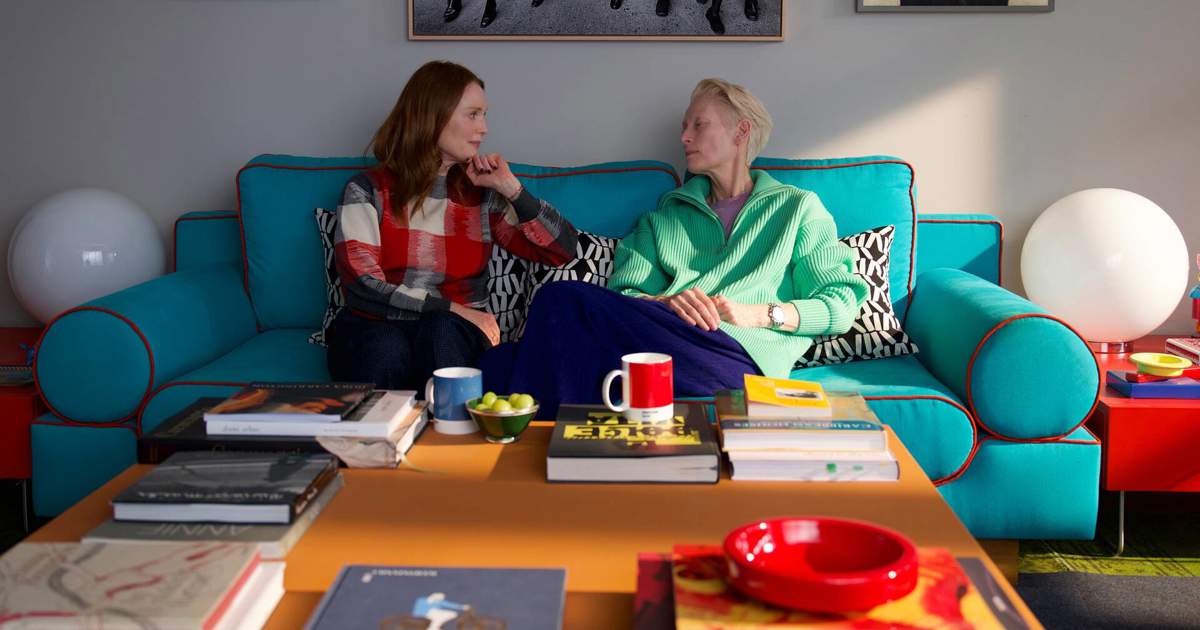
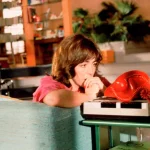

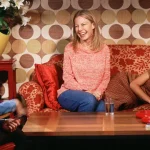

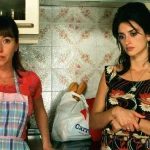

It’s like when you mix that old flower cushion knitted by your grandmother with another one you just bought at Artek: the colors don’t match, but the whole thing makes sense. This is how they work Pedro Almodóvar’s houses. The director from La Mancha is not satisfied with neutral or insipid spaces, but rather transforms homes into another characterloaded with meaning and symbology.
The houses in his films are one of the many canvases on which he paints his obsessions, his desires and his particular way of understanding the world. From the exuberance of the seventies to lto contemporary coldness. Going through them is an aesthetic and emotional journey.
If you want to be up to date with everything we publish in Architecture and Design, subscribe to our newsletter.
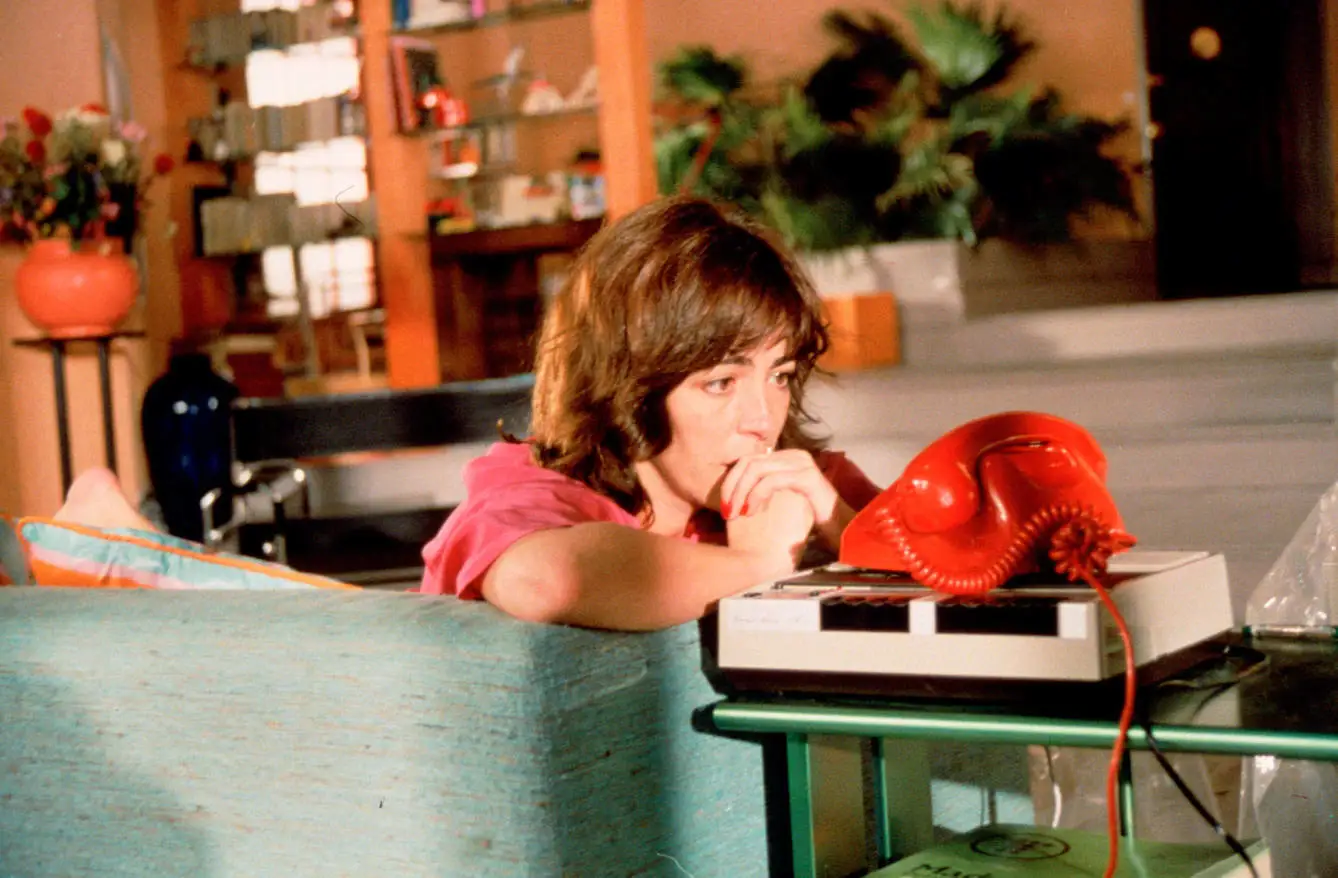

“Women on the verge of a nervous breakdown” by Pedro Almodovar
We are talking about someone who dares to play with space as if it were an extension of his characters. Almodóvar makes houses tell stories. In “Women on the Verge of a Nervous Breakdown,” the The saturated color of Pepa’s house reflects her emotional instabilitywhile in “The flower of my secret”, The duller tones of Leo’s home align with the sadness and emptiness he feels.. Almodóvar’s films are full of environments that explore what happens within his characters, using walls and furniture as visual metaphors.
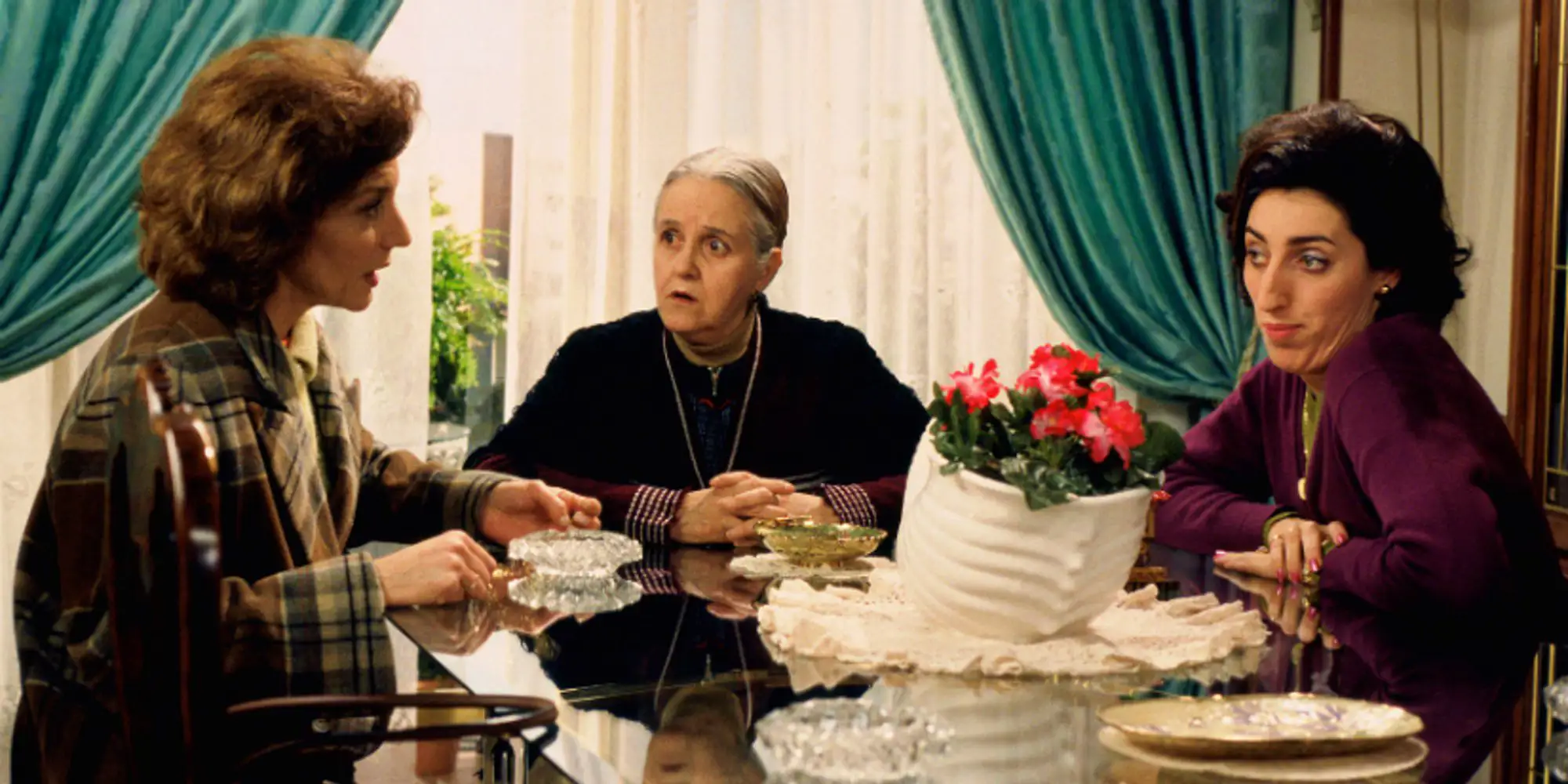

In “The Flower of My Secret”, Leo’s mother’s house is a perfect reflection of Spain at the time.
1. Houses as emotional mirrors
While they are often elegant and eccentric spaces at the same time (something difficult to achieve), they are designed to highlight the internal drama. In “All About My Mother,” Manuela’s apartment in Barcelona is a space full of light and vitalitysymbolizing hope, while Huma’s house, full of shadows and darker tonesreveals the emotional fragility of the actress. It’s not just design, it’s spatial psychology.
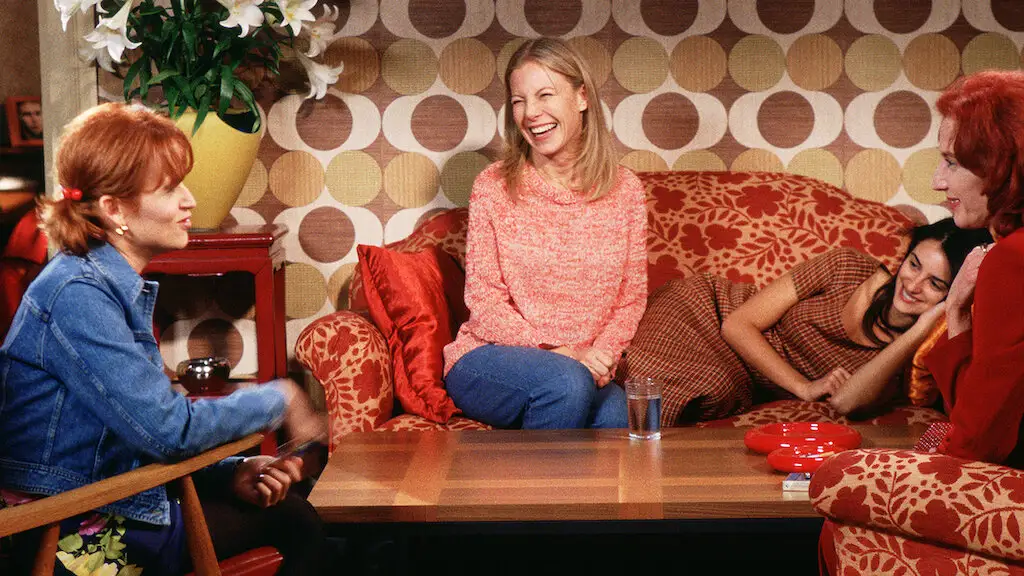

“All about my mother”
The director also plays with the clash between classic and modernbetween the opulent and the mundane. Wrap”, Raimunda’s housea modest home on the outskirts of Madrid, contrasts with the luminosity and color of the La Mancha countryside. It is a contrast that Almodóvar uses to underline the tension between rural and urban life, the past and the present. This constant search for balance and dissonance is an Almodovarian hallmark that elevates interior design to a symbolic level.
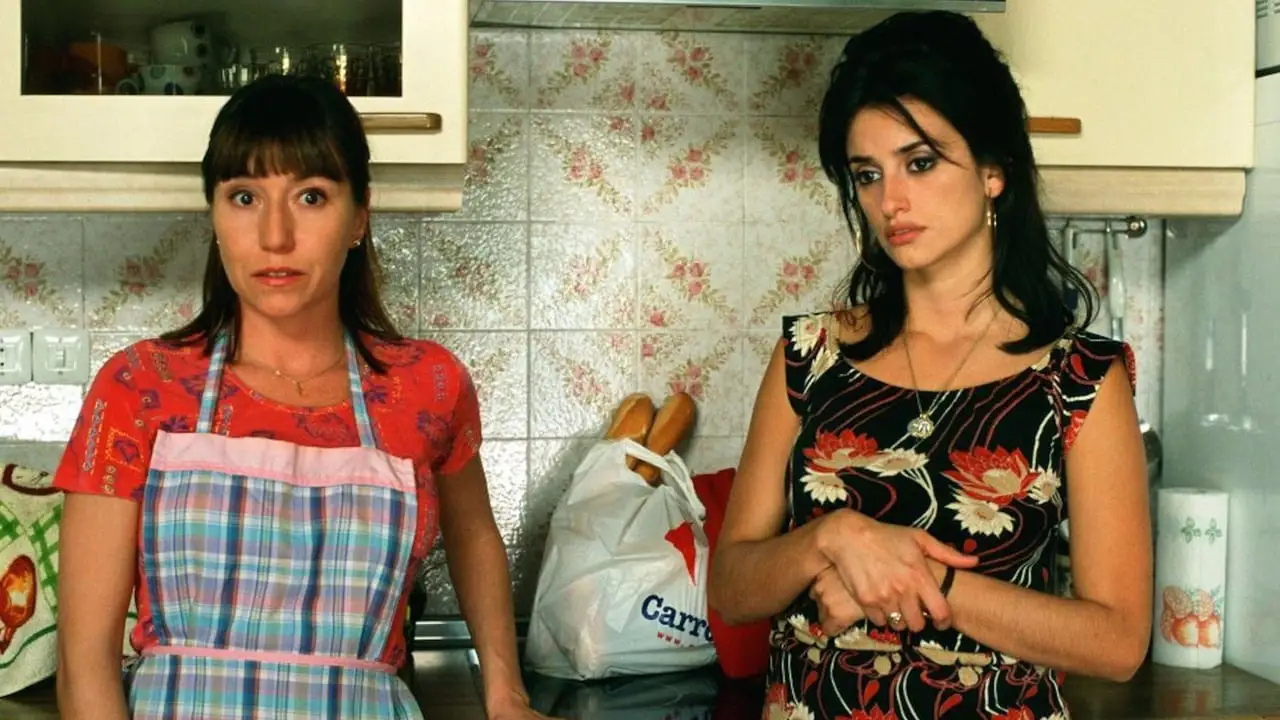

2. The Shelter in the Woods: Szoke House and “The Room Next Door”
We jump in time to 2024, coinciding with the premiere of his first feature film in English, “The Room Next Door.” In it, Almodóvar moves away from the vibrant streets of Madrid to enter a refuge in the middle of the forest: the Szoke House. Located on the southern slopes of Mount Abantos, in San Lorenzo de El Escorial, This house not only functions as the main setting of the film, but is also a crucial character. With a broken geometry reminiscent of the irregular terrain of the surroundings, the house was designed by the studio Aranguren + Gallegosand seems to emerge from the landscape itself.
Szoke House has an intimate and cozy atmosphere, with a design that embraces the color of the rusty steel and the surrounding stones, allowing the house to merge with the reddish tones of the pine trees that surround it. However, in the film, this Spanish refuge imitates a house in Woodstock, United States.. This game of cross-references reflects Almodóvar’s ability to generate spaces that, although physically rooted in a place, can transport the viewer to another emotional setting.
The use of natural materials and their integration with the environment makes Szoke House function as a tribute to sustainable architecture, and at the same time, as a reflection of the loneliness of the characters that inhabit it. This is where Tilda Swinton and Julianne Moore bring their characters to life, two women whose internal worlds collide and merge in this very particular environment. The views towards Las Machotas and the Bosque de la Herrería become an emotional extension of the narrative and add layers of symbolism to the plot.
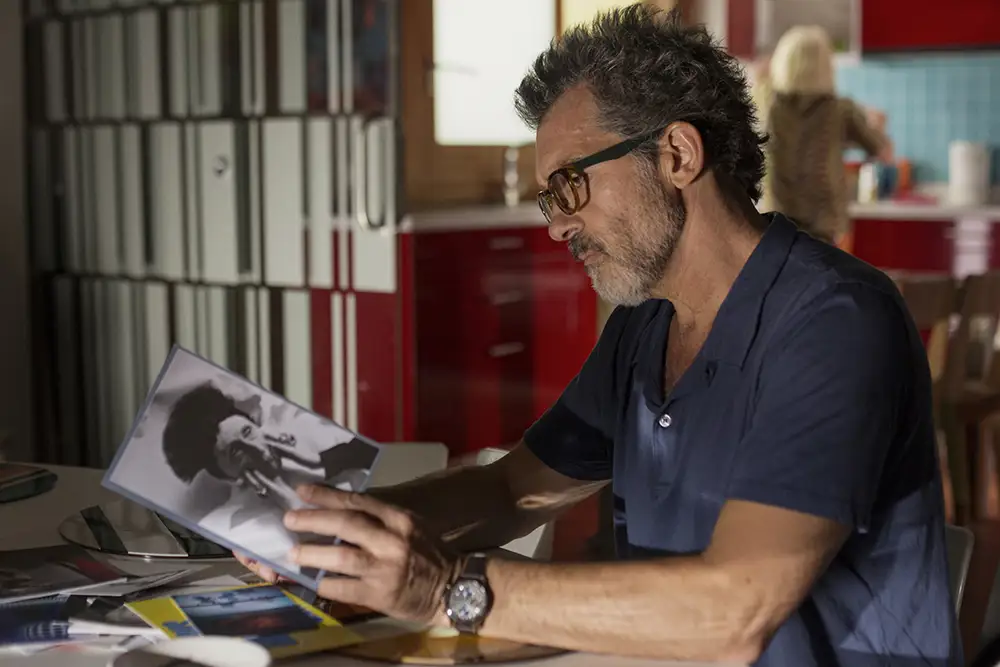

“Pain and Glory”
3. Textures and colors: the power of detail
Almodóvar’s style is found in the details, in the textures, in the colors that splash the rooms of his films. Ceramics, fabrics, furniture… everything has a reason for being. In “Pain and Glory,” the protagonist’s apartment is full of personal referenceswith an eclectic mix of styles that reflects its fragmented identity. The warm tones of the walls, vintage furniture and works of contemporary art create an atmosphere full of nostalgia and memory.
This attention to detail is what turns Almodóvar’s houses into living spaces. Its sets are exuberant, but also coherent with the psychology of its characters. In “Broken Embraces,” The colors and patterns of the houses reinforce the themes of passion, betrayal and pain.
4. Almodóvar and the house as narrative art
In the end, Almodóvar’s houses are the places where everything happens, but also an integral part of the emotional journey that he proposes to the viewer. Just as a house needs elements from different origins, moments, styles and memories, the Almodovarian universe would not be the same without those houses that speak to us, seduce us and surround us.
